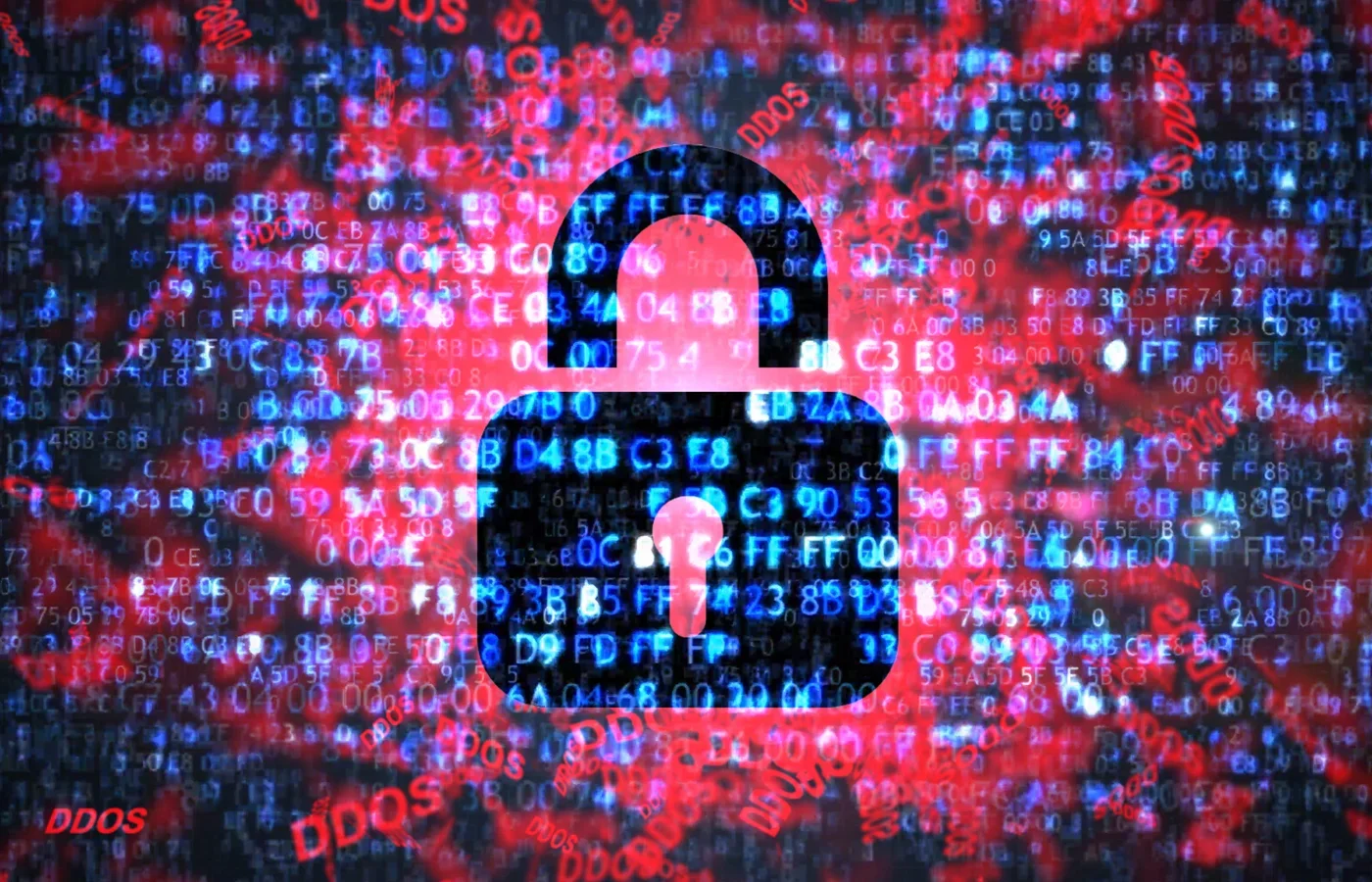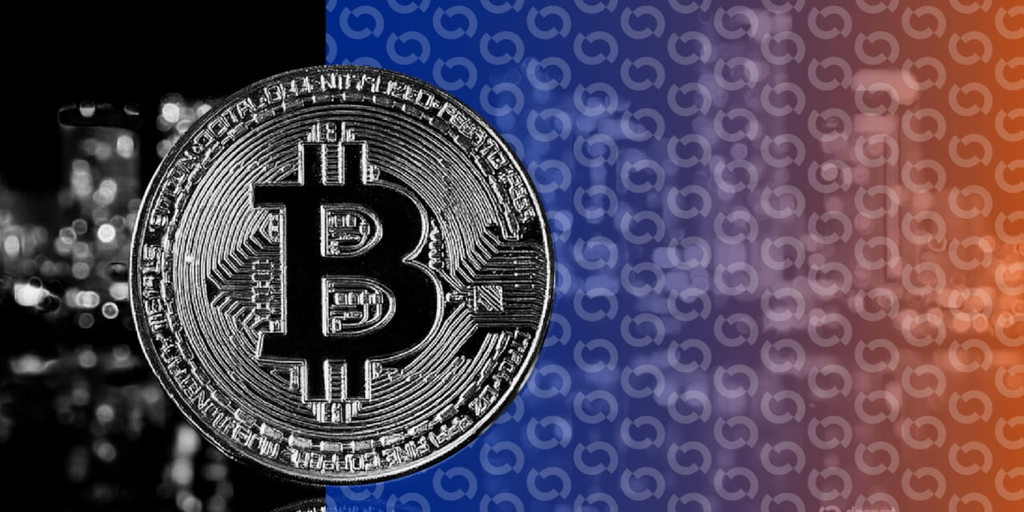Cyberattacks: The Evolving Threat to Global Stability
Cyberattacks have become a significant threat to global stability, no longer limited to data theft but now used as a tool in geopolitical conflicts, crippling critical infrastructure, and eroding public trust in governments. A recent report by NETSCOUT reveals that Distributed Denial of Service (DDoS) attacks have become a dominant form of cyberwarfare, with hackers and hacktivists using these attacks to disrupt elections, protests, and policy debates.
The Rise of DDoS Attacks
NETSCOUT’s Second Half 2024 DDoS Threat Intelligence Report highlights the alarming surge in DDoS attacks, with nearly nine million recorded in the second half of 2024 alone, representing a 12.7% increase from the first half. Regions such as Latin America and Asia Pacific were among the most affected, experiencing approximate 30% and 20% increases, respectively.
DDoS Attacks Surge During Political Crises
According to NETSCOUT, politically motivated DDoS attacks skyrocketed in 2024, with some countries seeing spikes of over 2,800% during major conflicts.
- Israel faced a 2,844% surge in attacks during hostage rescues and political tensions.
- Georgia saw a 1,489% jump as lawmakers debated a controversial “Russia Bill.”
- Mexico experienced a 218% rise in attacks during its national elections.
- The U.K. had a 152% spike when the Labour Party returned to Parliament.
“These attacks are not just about disrupting websites; they can paralyze essential public services like banks, hospitals, power grids, and emergency response systems, amplifying national chaos and undermining government credibility,” warned Richard Hummel, NETSCOUT’s threat intelligence director.
AI and Botnets: The Perfect Storm
Hackers are now using artificial intelligence to supercharge their assaults, bypassing security checks like CAPTCHA and increasing attack success rates. Powerful botnets, networks of hijacked devices, are being weaponized to overwhelm servers, making it challenging for law enforcement agencies to take down these networks effectively.
The Consequences of DDoS Attacks
DDoS attacks are not just a nuisance; they can have severe consequences, including:
- Disruption of critical infrastructure and public services
- Erosion of public trust in governments
- Amplification of national chaos
Mitigating DDoS Attacks
Governments and companies are scrambling to strengthen defenses, but NETSCOUT warns that many organizations are still unprepared. The firm urges businesses running critical services to adopt real-time threat monitoring and better response plans.
Conclusion
In conclusion, DDoS attacks have evolved into a dominant form of cyberwarfare, used to disrupt elections, protests, and policy debates. The use of AI and botnets has made these attacks deadlier, and the consequences can be severe. It is essential for governments and companies to strengthen their defenses and adopt effective response plans to mitigate the impact of these attacks.
FAQs
Q: What is a DDoS attack?
A: A DDoS (Distributed Denial of Service) attack is a type of cyberattack that involves overwhelming a website or network with traffic from multiple sources, making it unavailable to users.
Q: How have DDoS attacks changed over time?
A: DDoS attacks have evolved from simple disruptions to a dominant form of cyberwarfare, used to disrupt elections, protests, and policy debates.
Q: What role do AI and botnets play in DDoS attacks?
A: AI is used to supercharge DDoS attacks by bypassing security checks, and powerful botnets are used to overwhelm servers.
Q: What are the consequences of DDoS attacks?
A: DDoS attacks can disrupt critical infrastructure and public services, erode public trust in governments, and amplify national chaos.








